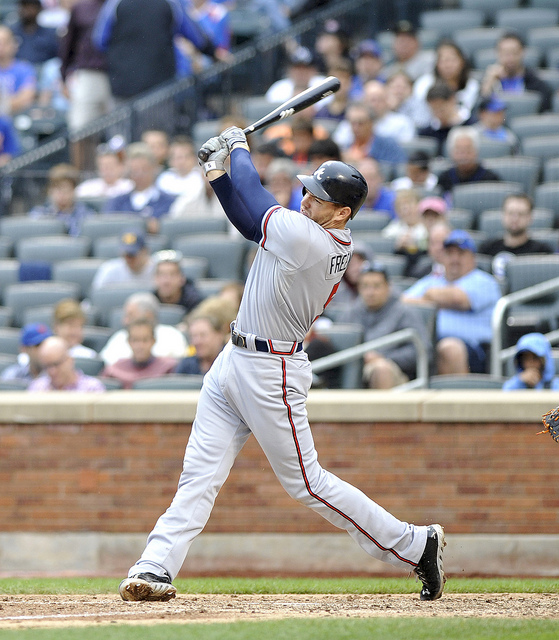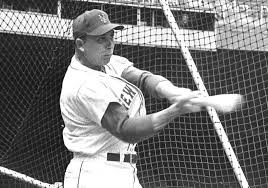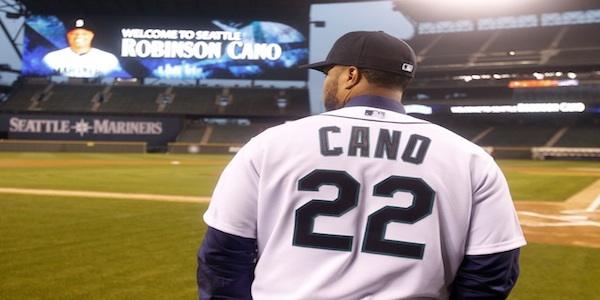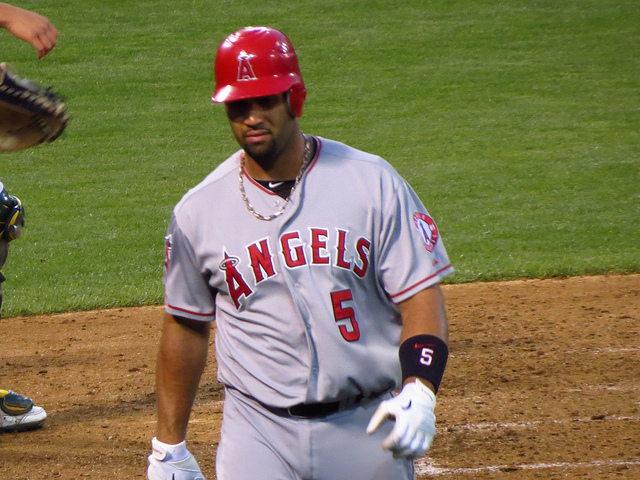2017 Fantasy Baseball: Pre-Auction First Base Tiers
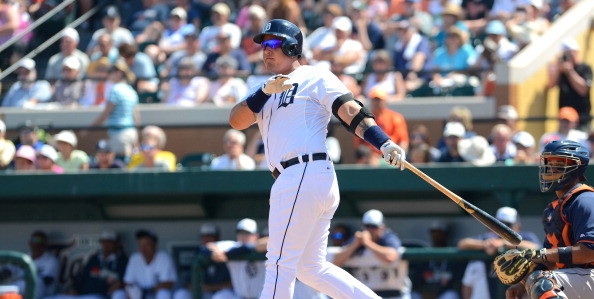
Live drafts and auctions have few things in common, but the main thing they have in common is that the winning players are able to find undervalued players and avoid overvalued players. So, we are taking one last look at the pre-auction values for players at every position to determine which ones are potential sleepers and which ones are potential busts. We will do that by looking at their Baseball Prospectus projections in two important categories.
The first category is total average (TAV). It is a statistic that is calculated to look like batting average, but incorporates everything a player does offensively. The league average is .260 with all-stars usually arriving around .300. BP’s total average is calculated to assume a neutral run scoring environment. We will apply a multiplier to put each player back into their home environment using park factors from the past three seasons.
Unfortunately, TAV doesn’t necessarily tell us how productive a player will be. A player with 100 plate appearances and one with 700 plate appearances can have the same TAV. So, we also include value over replacement player (VORP) as a means to measure the quantity of performance. We will apply the same multiplier to estimate a player’s value with the home ballpark included. Both offer us a guide to determine how good a player is actually expected to be for the coming season.
Group A
| Dollars | TAV | VORP | |
| Paul Goldschmidt | 33 | .314 | 45.0 |
| Miguel Cabrera | 28 | .327 | 48.7 |
| Anthony Rizzo | 27 | .290 | 36.5 |
| Joey Votto | 26 | .312 | 43.8 |
| Edwin Encarnacion | 26 | .320 | 38.5 |
If we’ve learned one lesson over the years it is that fantasy value and absolute value are not necessarily the same thing. A player can steal 15 bases compared to another player’s five and not be any more valuable in a real sense, but fantasy value is something else entirely. So, don’t take these numbers as gospel in terms of what order to pick these guys or absolute price they should go for. The idea is to look at them generally and see if any of them stand out one way or another. In the case of the first group, we usually don’t see anyone that doesn’t belong.
Group B
| Dollars | TAV | VORP | |
| Jose Abreu | 23 | .299 | 32.0 |
| Freddie Freeman | 22 | .303 | 38.8 |
| Hanley Ramirez | 22 | .297 | 23.7 |
| Wil Myers | 22 | .264 | 17.4 |
| Mark Trumbo | 21 | .276 | 19.0 |
Wil Myers and Mark Trumbo are interesting cases since both players will qualify as outfielders in most platforms. So, there is some cause for the extra money, but most of the consideration comes down to their dominance in one statistical category. For Myers it is stolen bases while Trumbo led the league in home runs. Those are very real considerations, but one must ask themselves how much they are willing to surrender in four categories to get superlative production in one. Hanley Ramirez is not as productive as Freeman and Abreu in terms of sabermetrics, but he is on one of the best offensive teams in baseball, so he will get more counting numbers than normal.
Group C
| Dollars | TAV | VORP | |
| Chris Davis | 19 | .296 | 25.2 |
| Adrian Gonzalez | 19 | .261 | 15.2 |
| Kendrys Morales | 19 | .272 | 14.2 |
| Eric Hosmer | 18 | .272 | 17.4 |
| Albert Pujols | 18 | .273 | 16.7 |
Chris Davis sticks out in a positive way, but it is important to understand why that is the case. His value is built around his power and his ability to get on base. Only the power plays up in most standard five by five leagues. So, he only becomes especially valuable if your league includes a sixth category (usually walks or OBP). OBP is the wave of the future and might completely displace batting average someday. Until that day comes, you are better off downgrading this valuation.
Group D
| Dollars | TAV | VORP | |
| Brandon Belt | 17 | .276 | 22.5 |
| Victor Martinez | 16 | .277 | 10.2 |
| Carlos Santana | 16 | .298 | 27.8 |
| Mike Napoli | 12 | .274 | 13.2 |
| Tommy Joseph | 12 | .268 | 17.5 |
Carlos Santana is a more extreme version of Davis. If your league counts walks then he should be a fantasy regular. Otherwise, he is probably better cast as a corner infielder. On the flip side there is Mike Napoli. He drove in 100 runs last season even though he seemed to float just above the replacement level. He’s gone from one good team to another, so this kind of production should continue despite his lower scores here.


